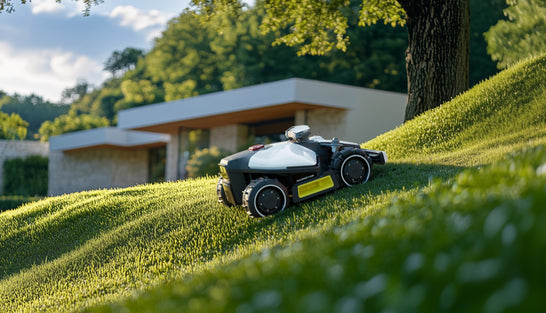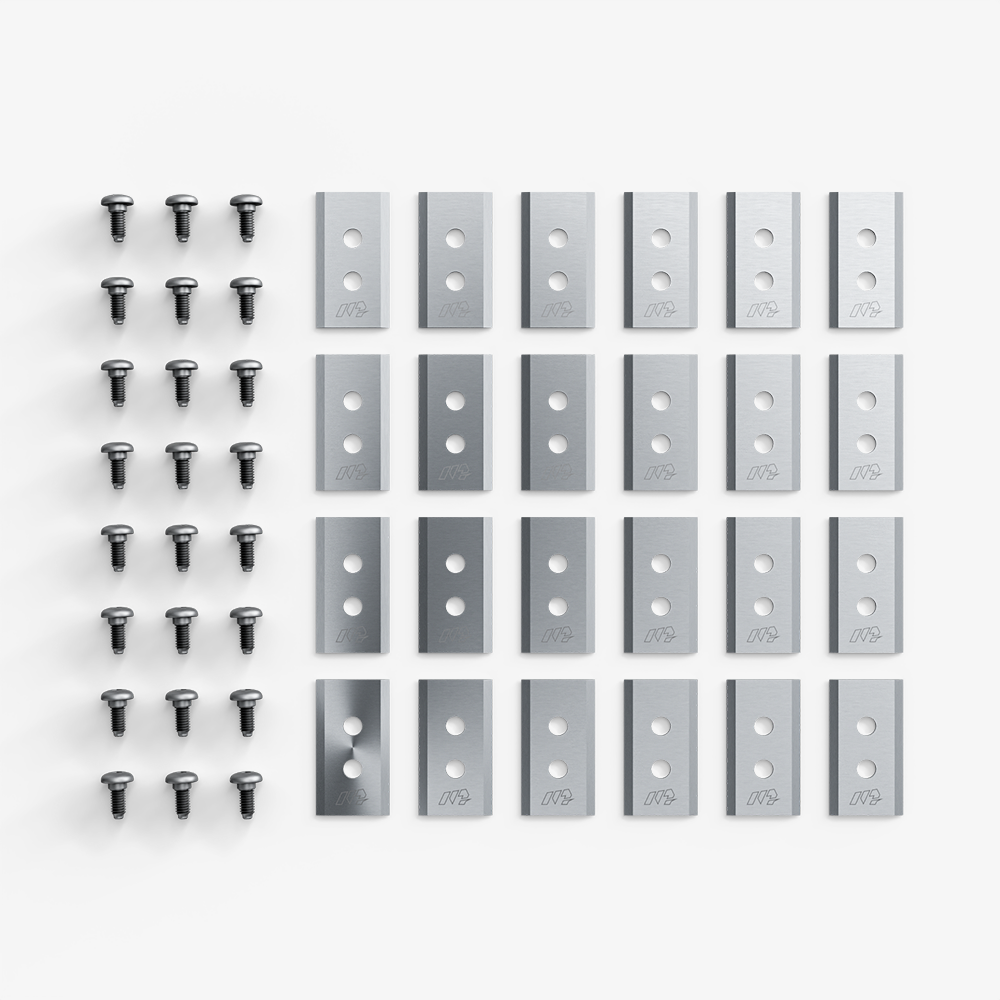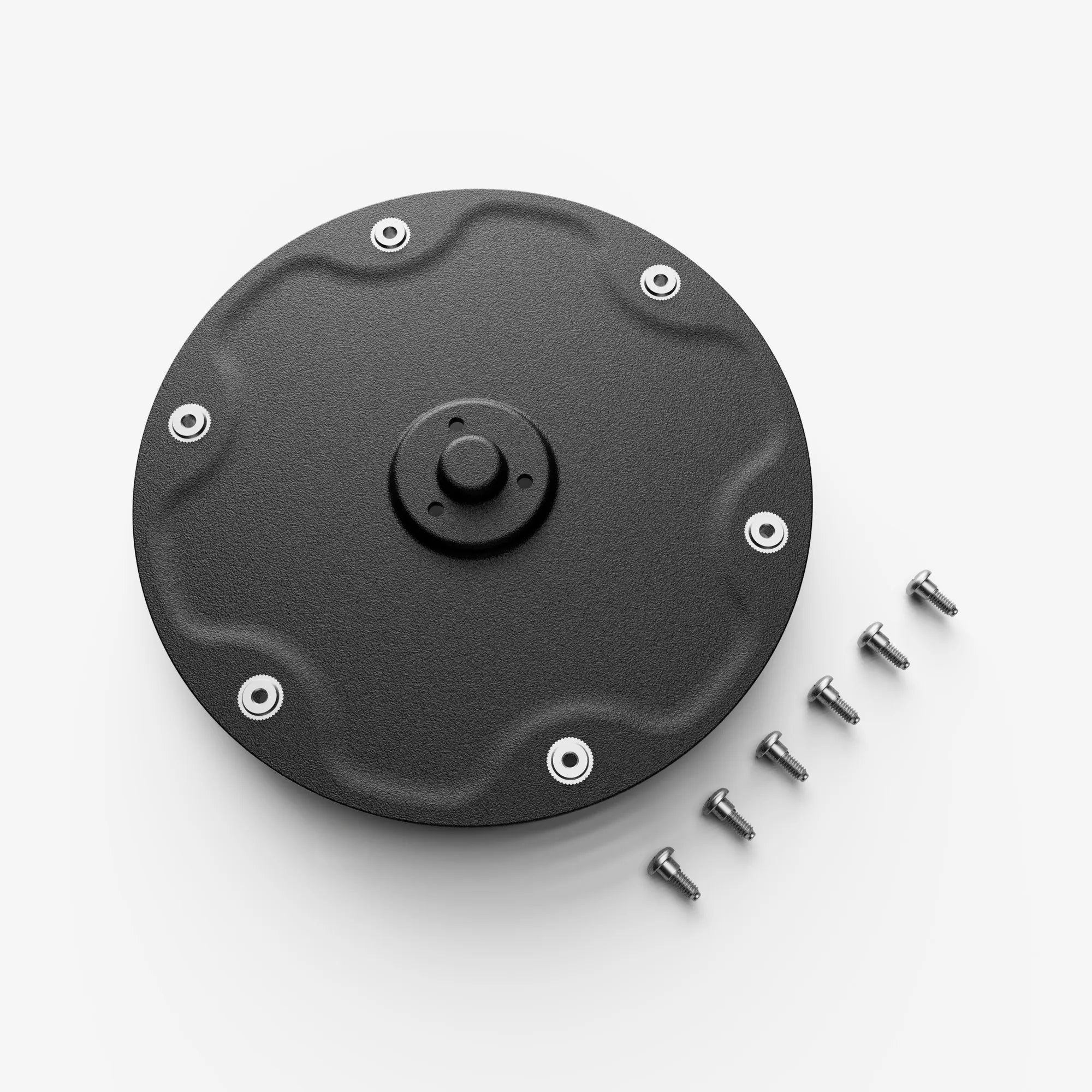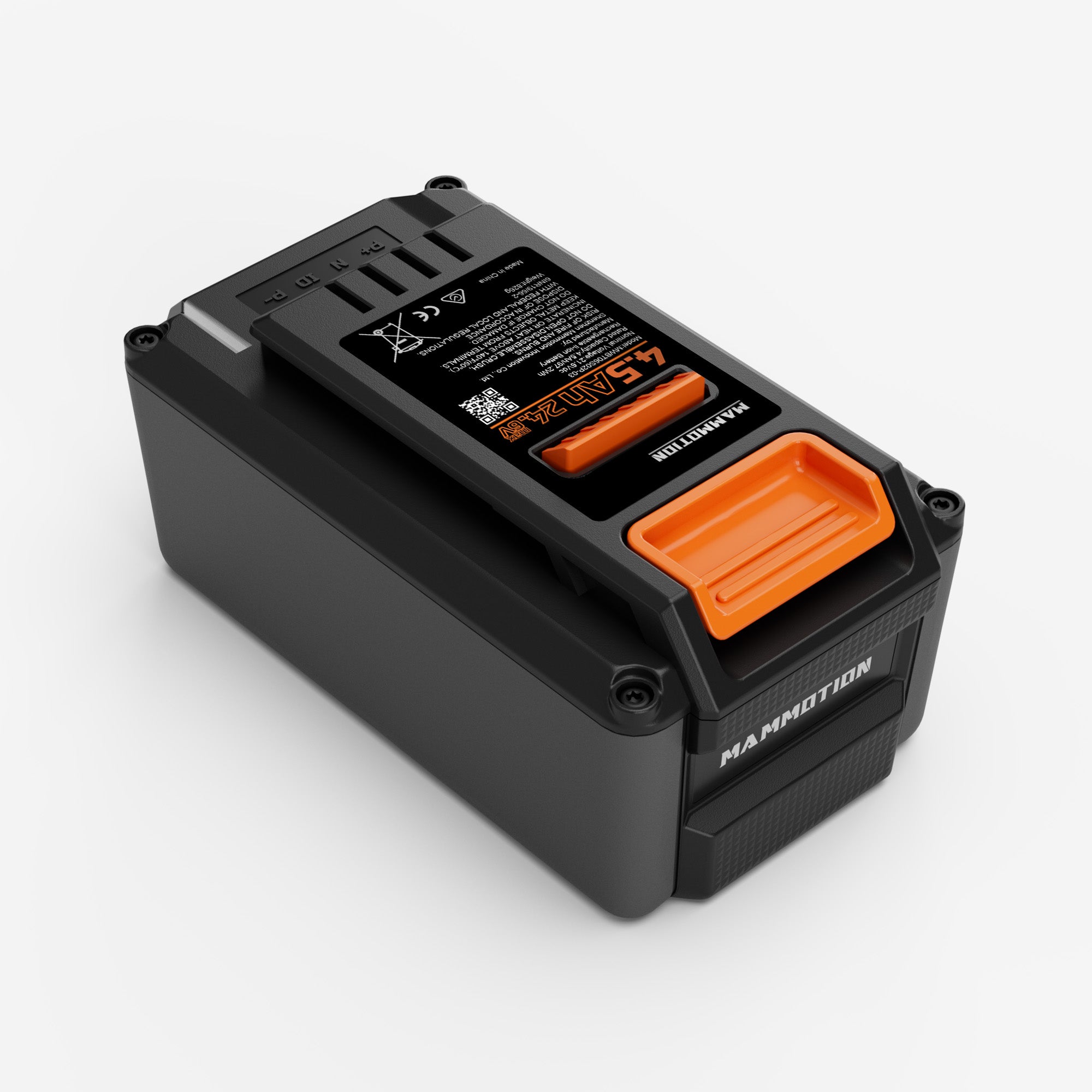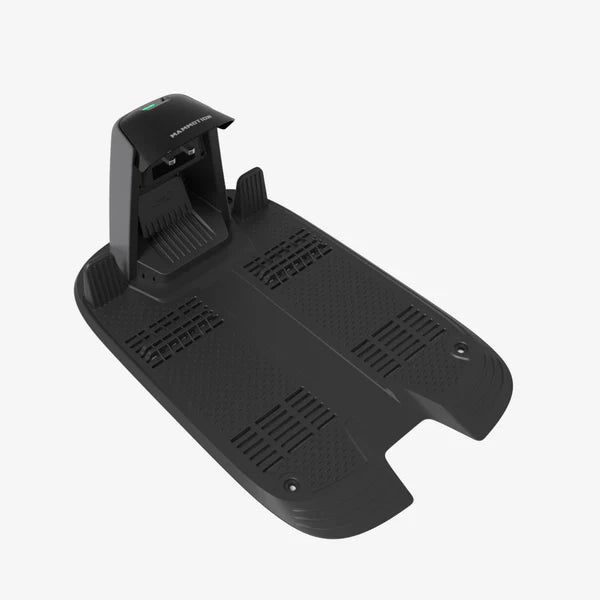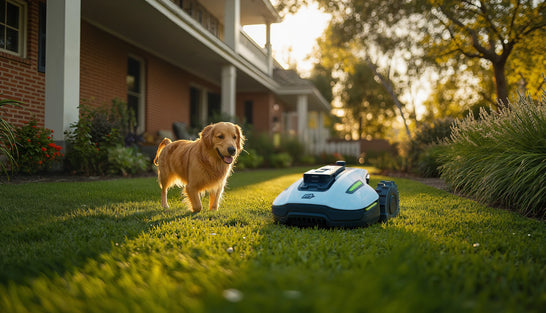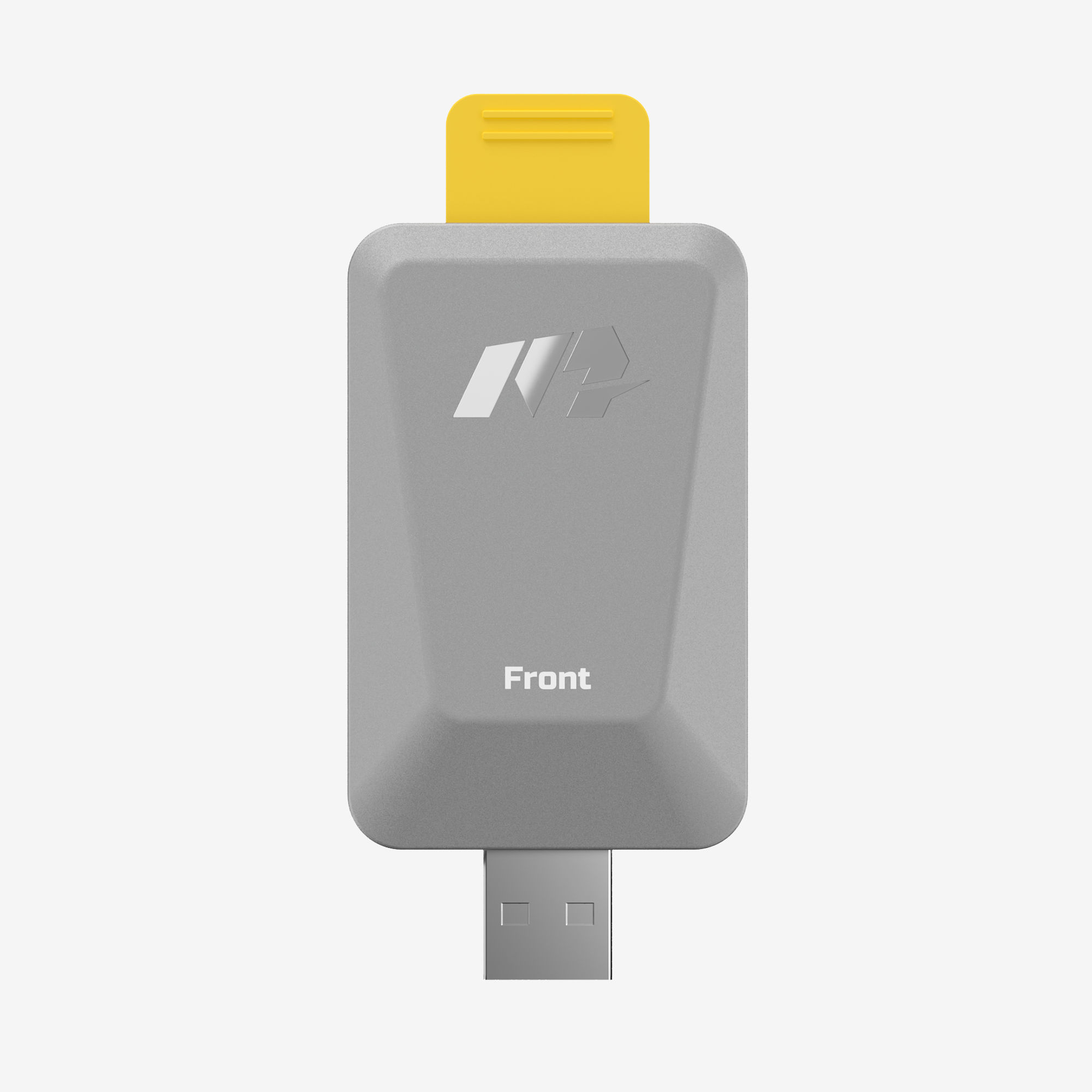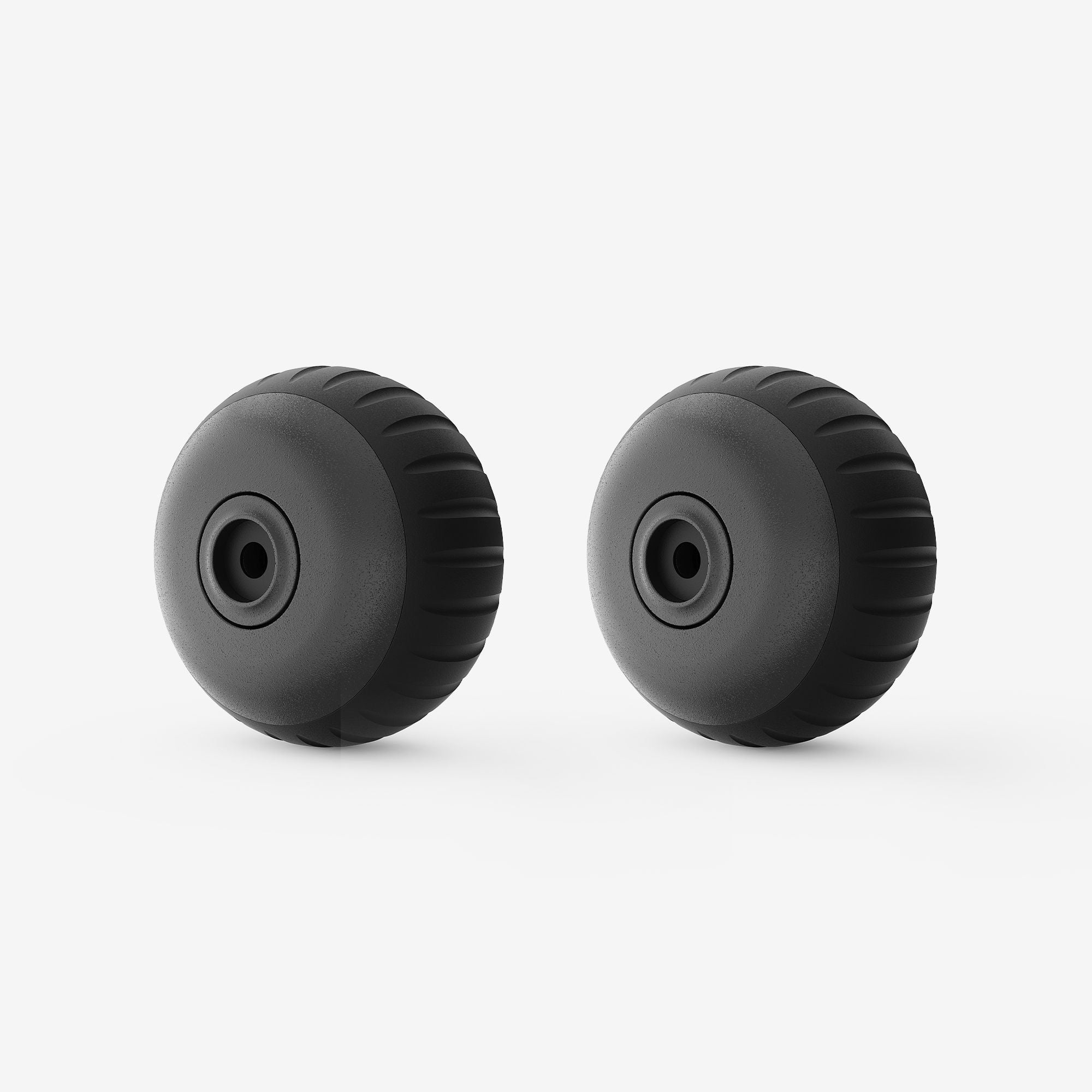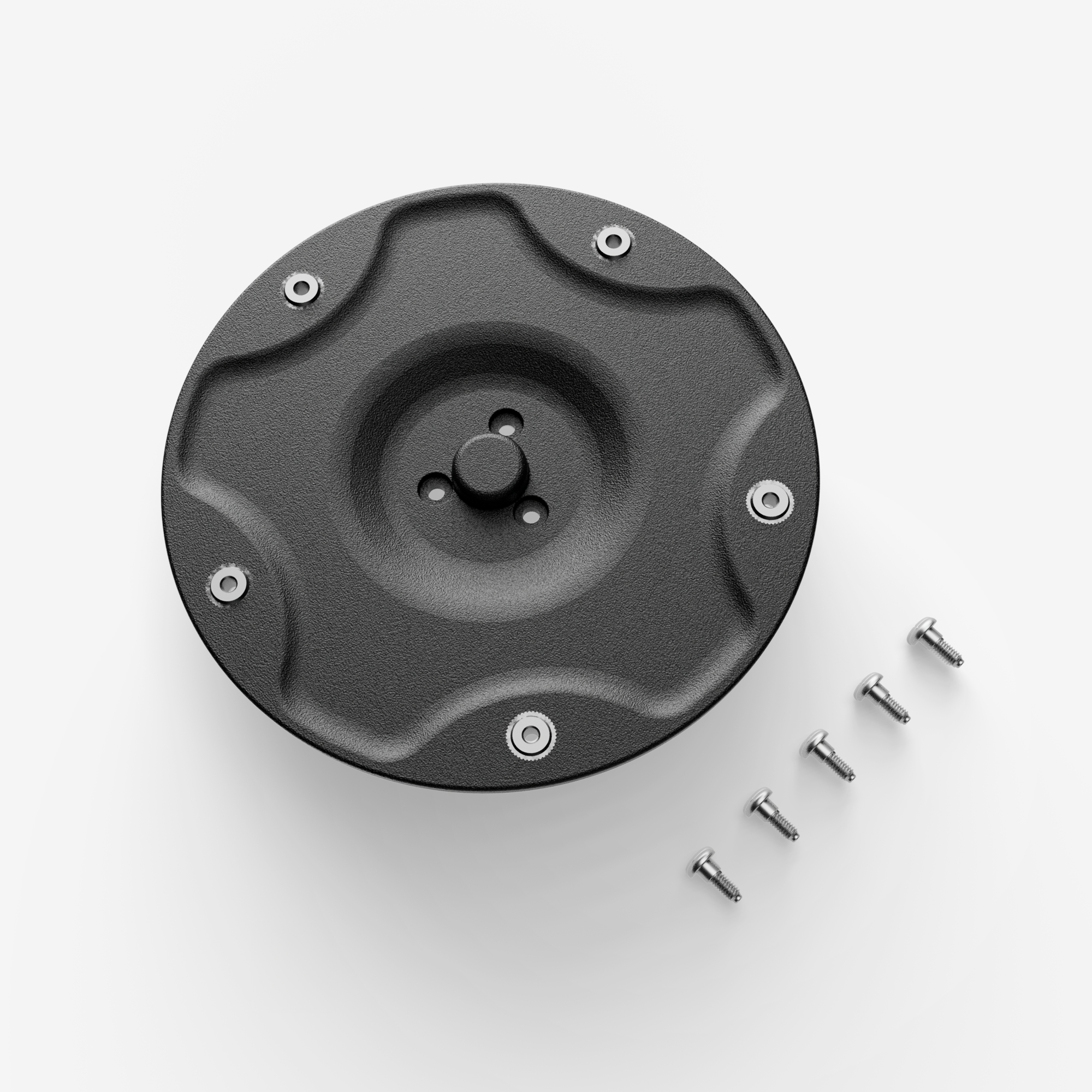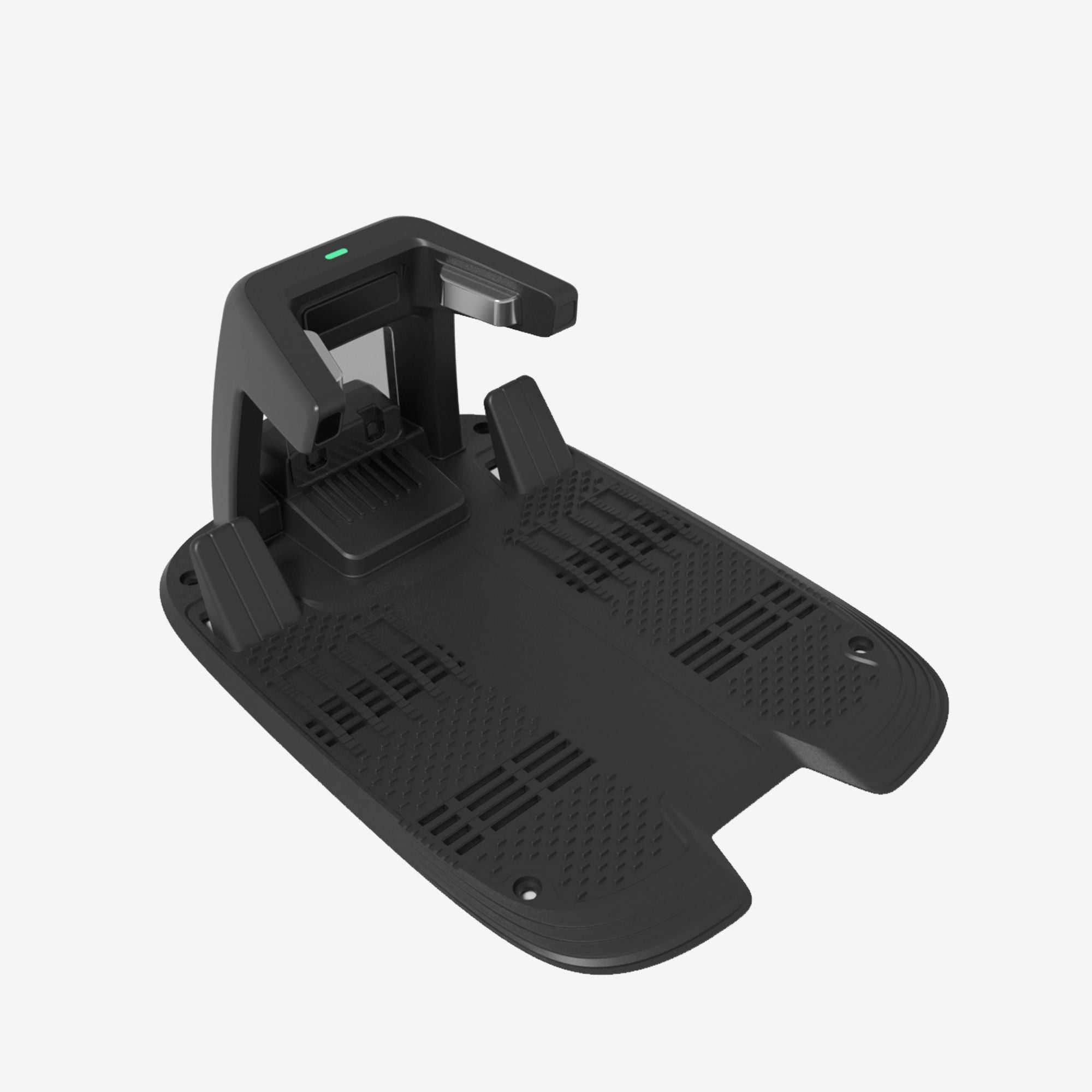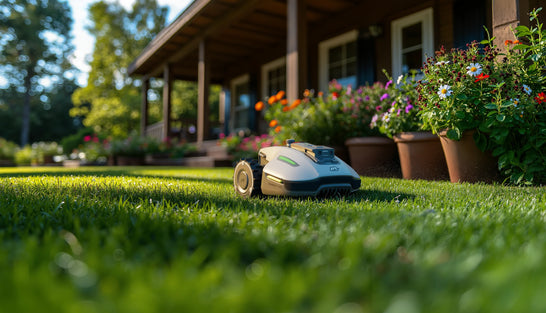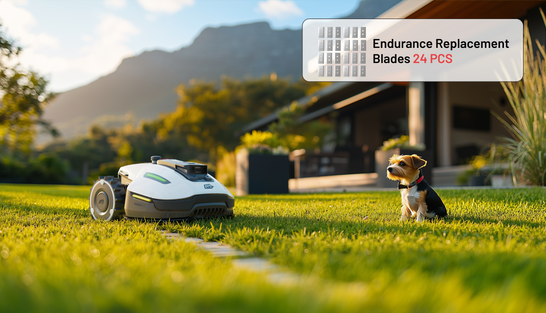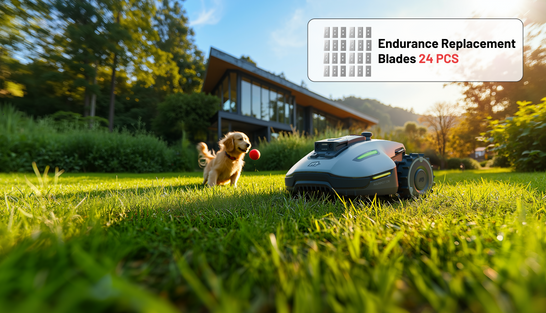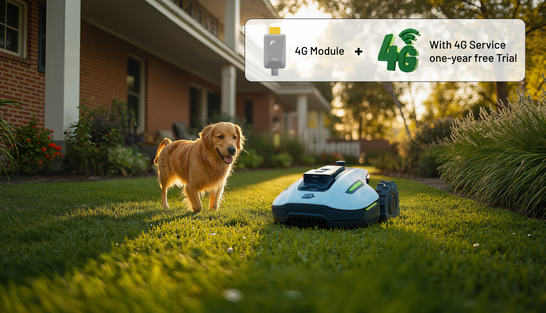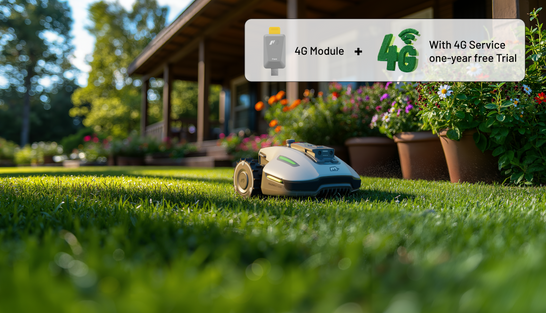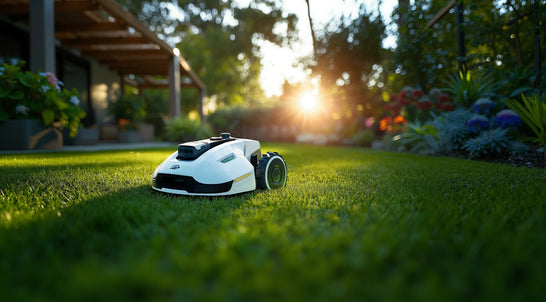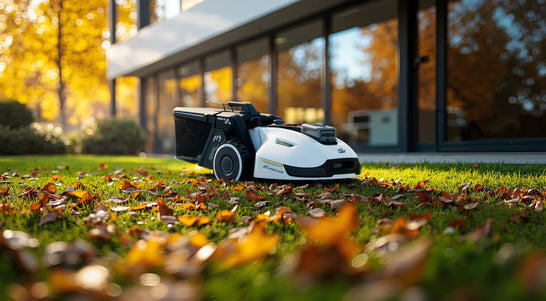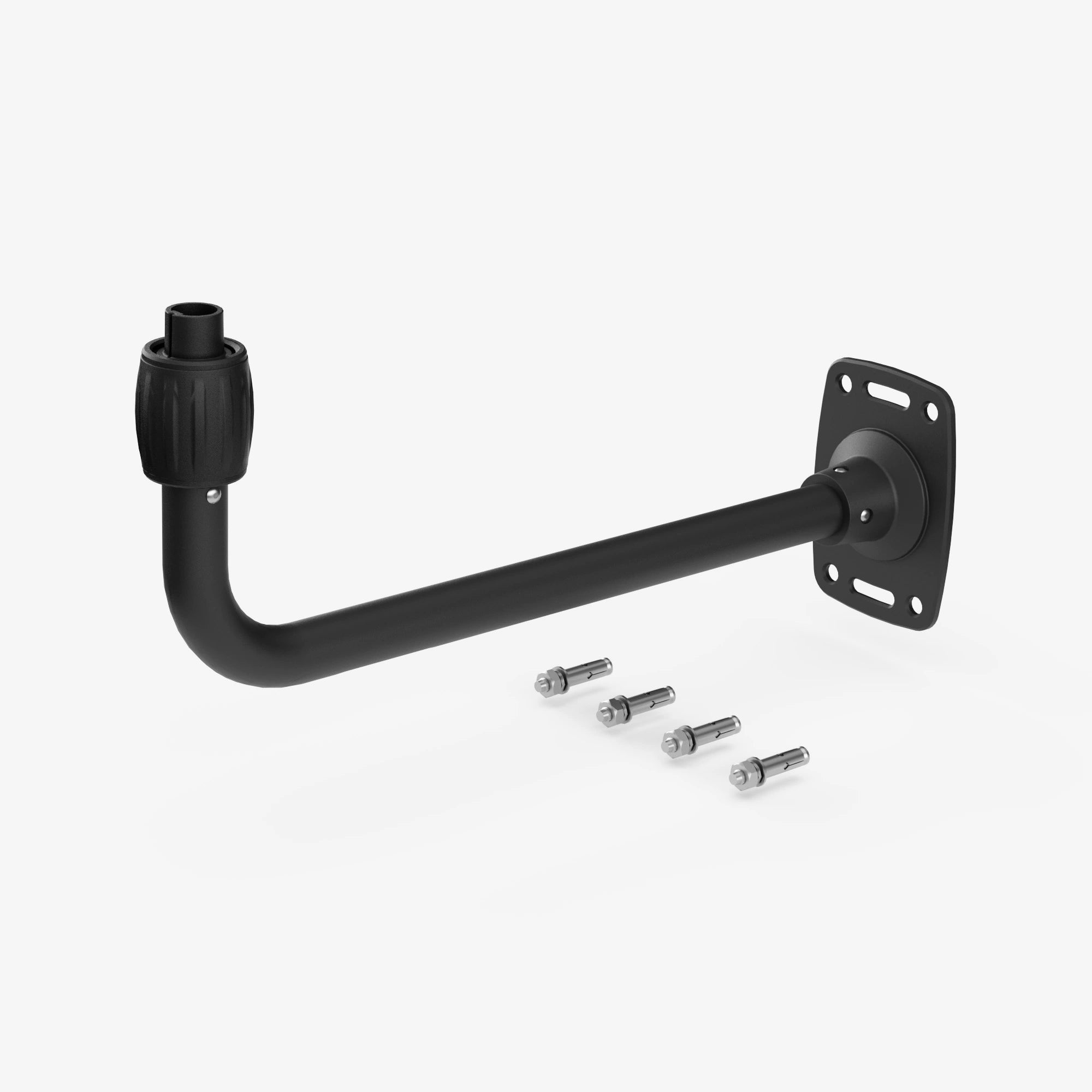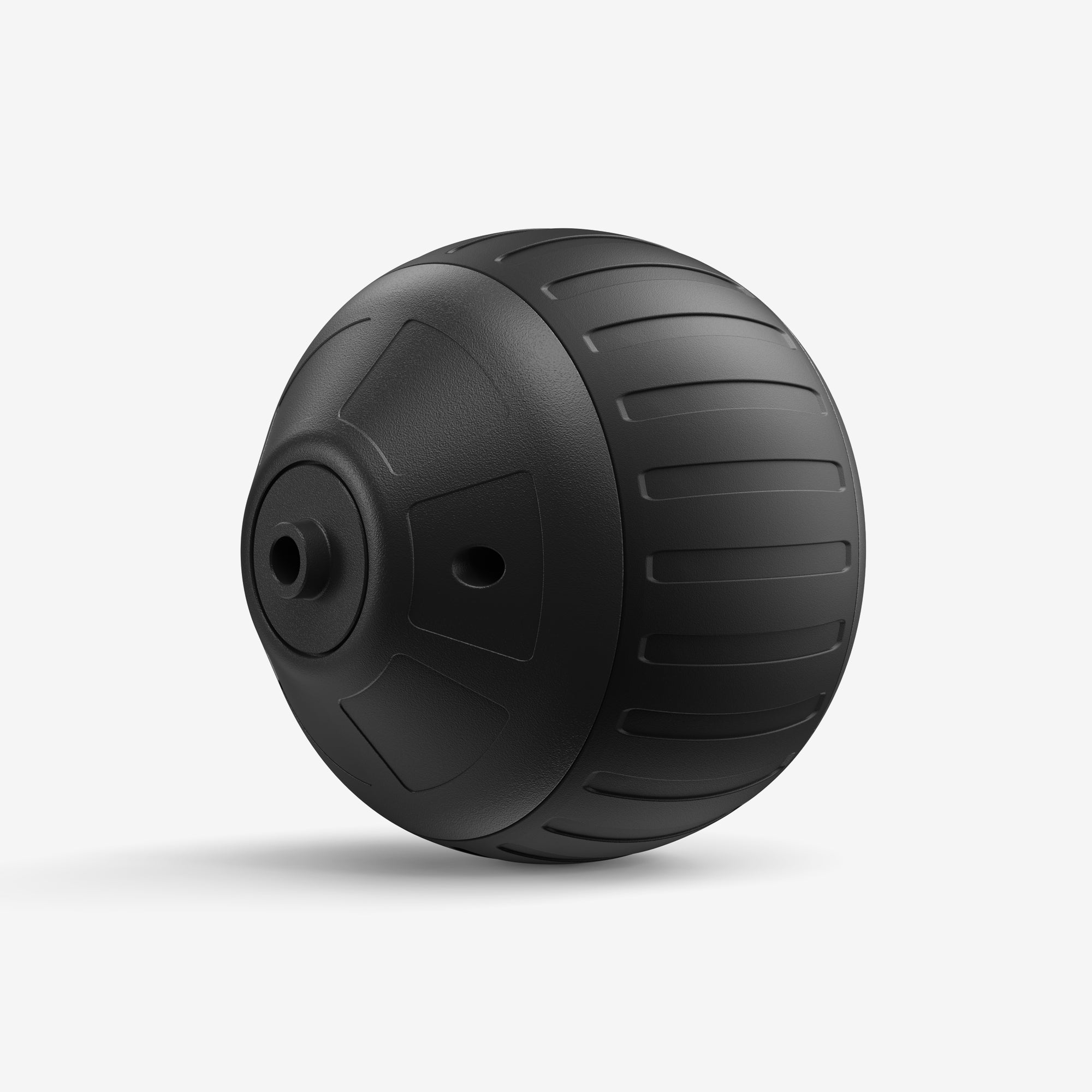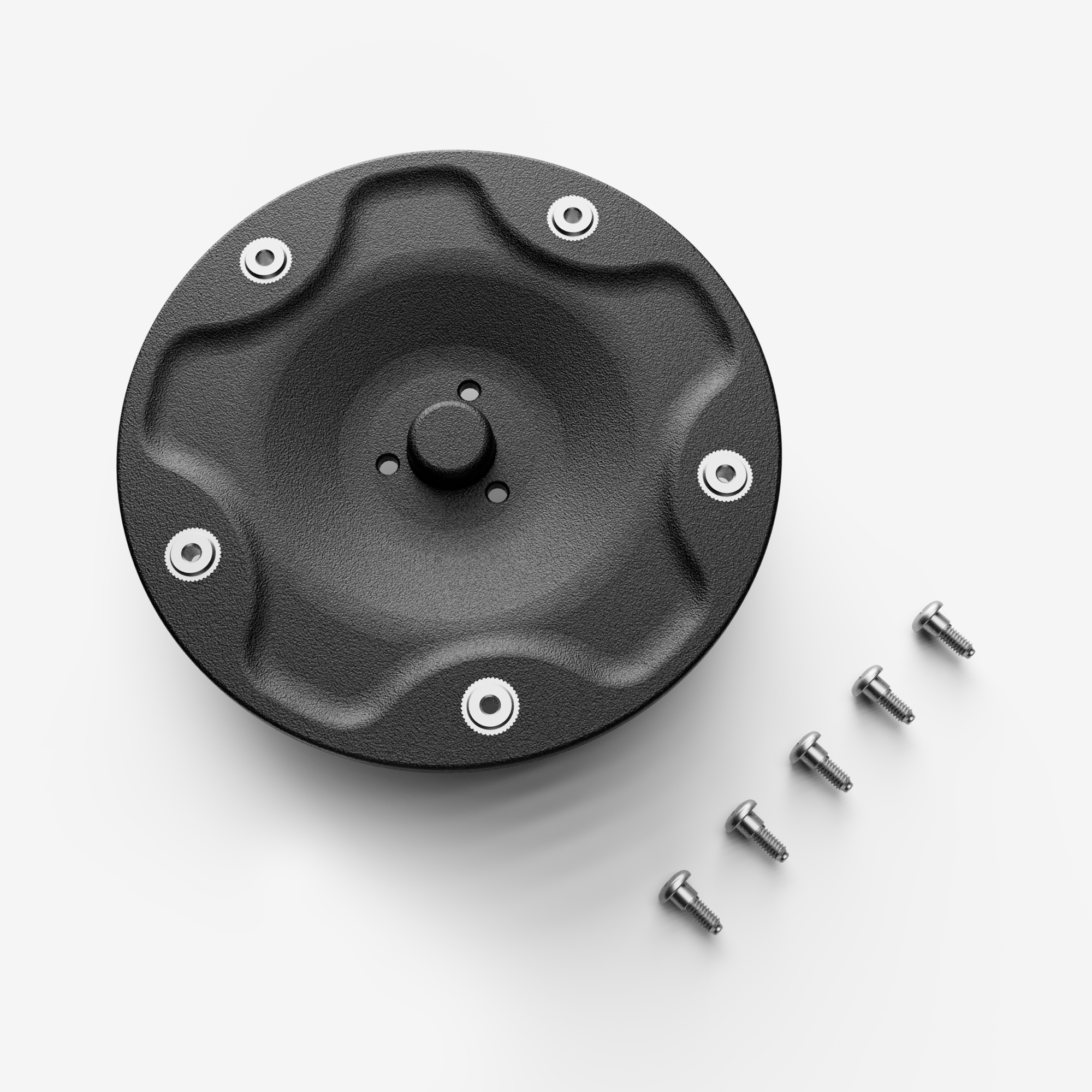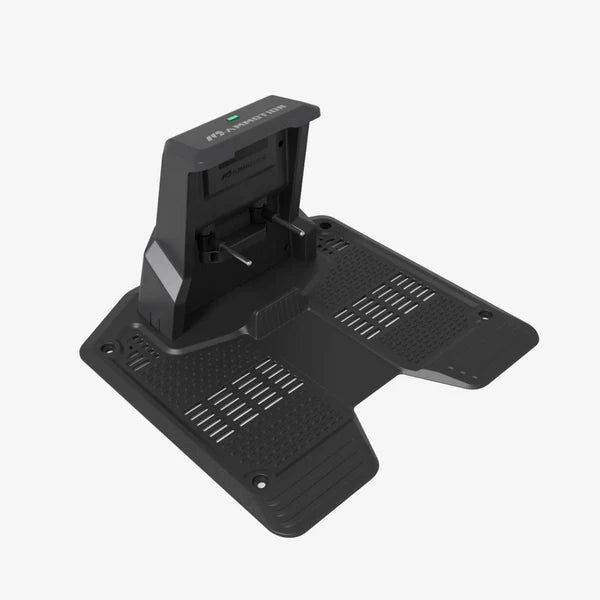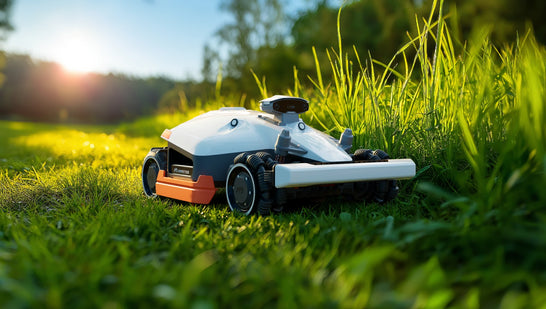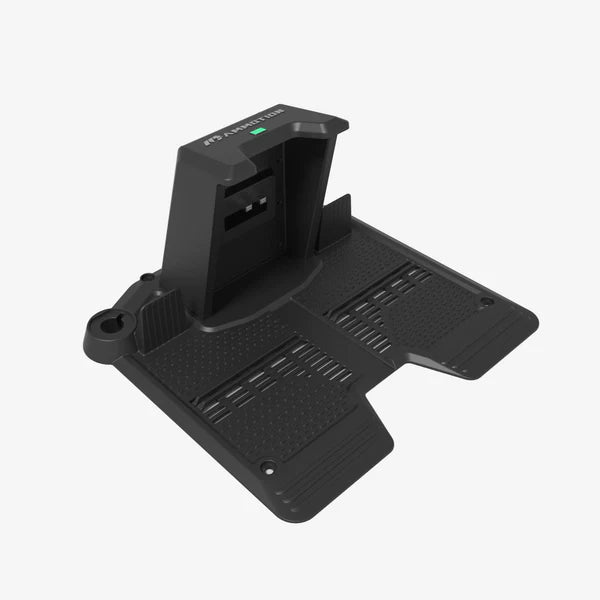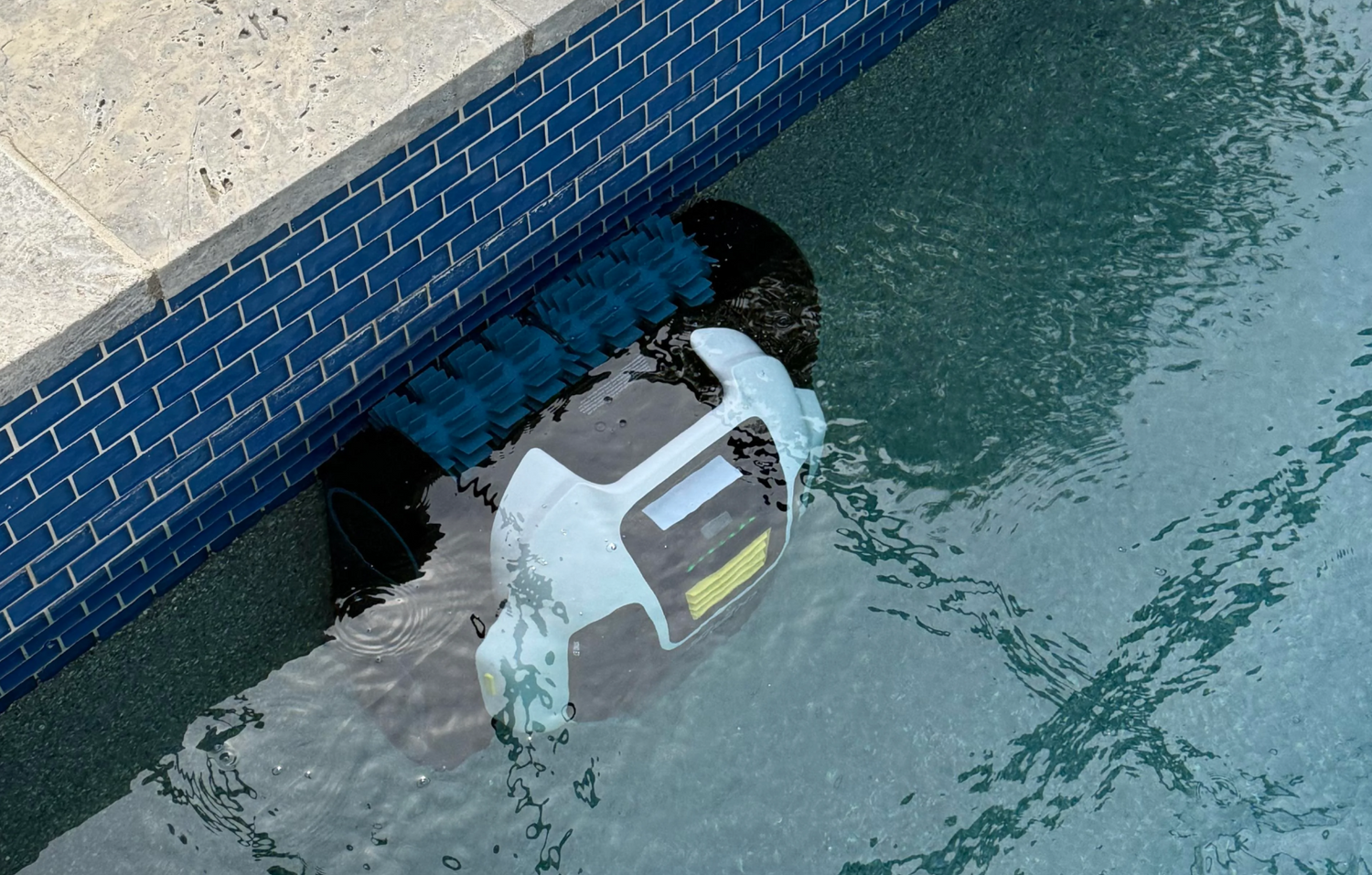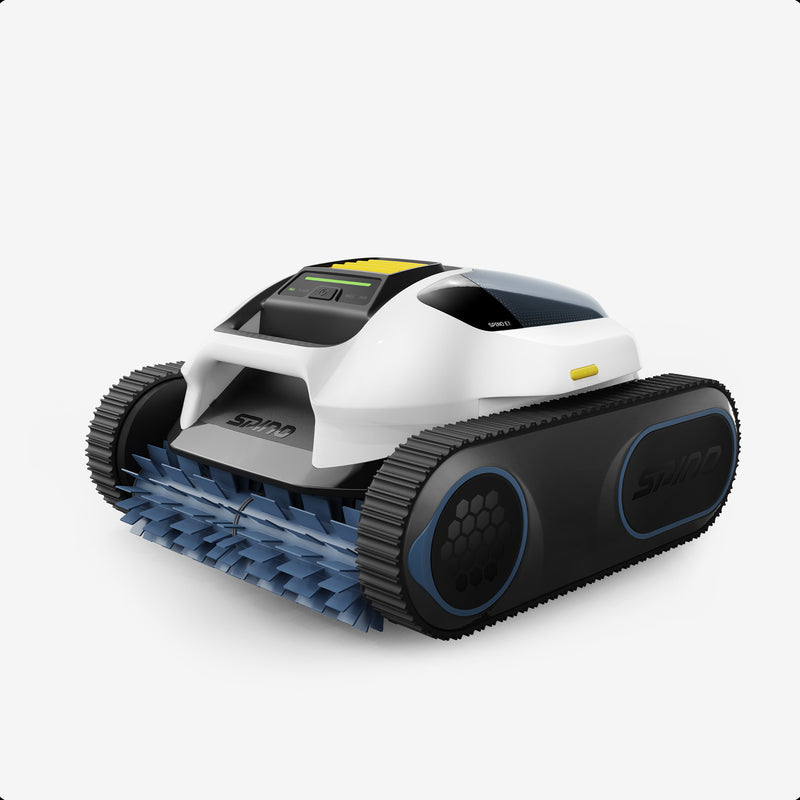Owning a pool is a luxury, but keeping it clean can sometimes feel like a full-time job. Between leaves, dirt, algae, and fine debris, pool maintenance quickly becomes one of the biggest chores of pool ownership. That’s why more and more pool owners are asking the question: Is a robot pool vacuum worth it?
The idea of a device that scrubs, vacuums, and filters your pool water without you lifting a finger is appealing. But robotic cleaners aren’t exactly cheap, and it’s natural to wonder if the investment will pay off in time saved, reduced maintenance, and better water quality.
In this guide, we’ll break down exactly what a robot pool vacuum is, the benefits it offers, the trade-offs you should consider, and when it truly makes sense to buy one. By the end, you’ll know if a robotic cleaner is just a nice-to-have gadget — or the best pool upgrade you’ll ever make.
What Is a Robot Pool Vacuum?
A robot pool vacuum is a self-contained electric cleaning unit designed to automatically clean your pool without relying on your pump or filtration system. Unlike traditional suction- or pressure-side vacuums that attach to your pool’s skimmer or return lines, a robot uses its own motor, onboard filtration, and built-in brushes to remove dirt and debris.
How it works:
- Independent operation – It’s powered by low-voltage electricity from a safe, weatherproof power supply (or a rechargeable battery in cordless models).
- Onboard filtration – All debris is trapped in the robot’s own filter basket or cartridge, keeping your main pool filter cleaner for longer.
- Integrated scrubbing brushes – Loosen stubborn dirt and algae from the pool floor, walls, and even the waterline.
- Smart navigation systems – Advanced models use mapping and sensors to clean efficiently without missing spots.
- Programmable cycles – Many allow you to set a schedule so the cleaner runs automatically.
The main appeal of a robot pool vacuum is simple: automation and efficiency. You just drop it in, press start, and it gets to work. Models like the Mammotion SPINO E1 even combine strong suction power with precise wall-climbing ability, making them effective on every surface of the pool.
In short, a robot pool vacuum takes much of the hassle out of pool maintenance — but whether it’s worth the price depends on the benefits it can bring to your specific pool setup.
Core Benefits of a Robot Pool Vacuum
A robot pool vacuum isn’t just about convenience — it offers real, measurable advantages that can make a big difference in your pool’s cleanliness, operating costs, and the amount of time you spend maintaining it. Let’s break them down.
1. Saves Time and Effort
With a traditional manual vacuum, cleaning your pool might take 30–60 minutes each week, and you have to be there guiding the process. A robotic cleaner does the work for you. Simply place it in the pool, press start, and walk away. Many models can be scheduled to run automatically, keeping your pool spotless with minimal supervision.
2. Energy Efficiency
Unlike suction-side cleaners that depend on your pool pump running for hours, a robot pool vacuum runs on low-voltage electricity. This uses far less power and can lower your energy bill over time. Reduced pump run times also mean less wear and tear on expensive equipment.
3. Thorough Cleaning Coverage
Robotic vacuums don’t just skim the bottom — they scrub the pool floor, climb walls, and clean along the waterline. Built-in brushes loosen stubborn dirt and algae, while powerful suction removes fine debris that other cleaners might miss. This comprehensive coverage keeps your water clearer and your pool surfaces in better condition.
4. Protects Your Filtration System
Because all debris is collected in the robot’s own filter basket, your main pool filter stays cleaner for longer. That means fewer backwashes, less filter cleaning, and a longer lifespan for your pump and filtration system.
Considerations & Trade-offs When Choosing Robot Pool Vacuums
While a robot pool vacuum offers impressive benefits, it’s important to understand the potential downsides before you buy.
1. Higher Upfront Cost
Robotic cleaners are more expensive than manual or suction-side vacuums. Expect to pay anywhere from $500 to $1,500 depending on features, cleaning coverage, and brand quality. That said, many owners find that the long-term savings in time, energy, and equipment wear justify the initial investment.
2. Maintenance Needs
A robot may reduce your workload, but it’s not completely hands-off. You’ll still need to empty and rinse the onboard filter after each cleaning cycle, check brushes for wear, and occasionally replace parts like tracks or wheels.
3. Storage and Handling
While most models are designed for easy removal, robotic cleaners can be heavy when full of water. Storing them out of direct sun and weather is also essential for longevity.
4. Suitability for Your Pool
Some entry-level robots may struggle with very large pools, extremely irregular shapes, or steep inclines. Choosing the right model for your pool’s size and design is critical for getting full value.
Real Owner Voices: Are Robot Pool Vacuums Worth It?
Hearing from actual pool owners can give you a realistic picture of what life is like with a robot pool vacuum. While features and specs are helpful, real-world feedback often highlights the details that matter most.
One pool owner shared that they were hesitant to spend over $1,000 on a robotic cleaner, but after using it for a full season, they described it as “the best pool purchase I’ve ever made.” They noted that the robot not only saved them hours of cleaning each month, but also improved water clarity by removing fine debris they couldn’t catch manually.
Another user on a popular pool forum said they had been loyal to a suction-side cleaner for years but made the switch after dealing with constant clogs and filter cleanings. Their robotic cleaner reduced the strain on their pump, leading to lower energy costs and fewer filter backwashes.
That said, not all feedback is glowing. Some owners mention that robots can be heavy to lift from the pool, and replacing worn parts adds occasional expense. Still, the overwhelming consensus is that the time and energy saved far outweigh the downsides.
When Is a Robot Pool Vacuum Worth It?
A robot pool vacuum is not a one-size-fits-all solution — but there are clear scenarios where it shines.
It’s worth the investment if:
- You have a large or complex-shaped pool with many walls, steps, or benches.
- You want to reduce your pool pump’s run time and save on electricity.
- You prefer minimal hands-on maintenance and value convenience.
- Your pool collects fine debris like sand, pollen, or dust that traditional cleaners struggle to remove.
It may be less essential if:
- You own a small, simple-shaped pool that stays relatively clean.
- You don’t mind weekly manual vacuuming and are happy to save on upfront costs.
- Your pool’s debris load is light and easily skimmed away.
Hybrid approach:
Some pool owners combine a robot with traditional cleaning tools for maximum efficiency. For example, a model like the Mammotion SPINO E1 can be scheduled to handle routine cleaning automatically, while a manual vacuum is reserved for quick touch-ups after storms or heavy use. This way, you get the best of both worlds — automation for everyday upkeep and hands-on precision when needed.
Conclusion
So, is a robot pool vacuum worth it? For many pool owners, the answer is a resounding yes. While the upfront cost can be significant, the time saved, improved water clarity, reduced strain on your filtration system, and energy savings often make it a smart long-term investment.
If you want a pool that’s consistently clean without constant manual work, a robotic cleaner is hard to beat. And if you choose the right model for your pool’s size and shape, you can expect reliable performance for years.
For those who want to minimize maintenance and maximize swimming time, a model like the Mammotion SPINO E1 offers advanced navigation, efficient energy use, and strong cleaning coverage without feeling like an over-promoted purchase.
In the end, the worth of a robot pool vacuum comes down to your priorities. If you value your time and want the easiest path to a crystal-clear pool, the investment will likely pay for itself in both convenience and satisfaction.
Frequently Asked Questions
1. What does a robot pool vacuum do?
A robot pool vacuum is a fully self-contained cleaning device that automatically scrubs, vacuums, and filters your pool without using your pump or filtration system. It has its own motor, filter basket, and brushes, allowing it to clean the pool floor, walls, and waterline efficiently.
2. How much does a robot pool vacuum cost?
Prices generally range between $500 and $1,500, depending on features, cleaning capacity, and brand reputation. Higher-end models often come with advanced mapping, stronger suction, and better wall-climbing ability.
3. Do robot pool vacuums save money over time?
Yes. Because they operate independently from your pump, robot pool vacuums consume less electricity than suction-side cleaners. They also reduce filter maintenance, which means fewer backwashes and less water waste.
4. Can a robot pool vacuum clean the walls?
Most modern robotic cleaners are designed to climb and scrub vertical surfaces, including walls and the waterline. This prevents algae buildup and ensures a more thorough clean than floor-only systems. Be sure to check product specifications, as wall-climbing ability varies between models.
5. How often should I use my robot pool vacuum?
For most residential pools, running your robot 2–3 times per week keeps the water clear and debris-free. During high-debris seasons — like fall when leaves drop or spring pollen season — daily cleaning may be beneficial.
6. Is a robot pool vacuum hard to maintain?
Not at all. The main maintenance task is rinsing the filter basket after each cleaning cycle to prevent clogs and maintain suction power. You should also periodically inspect brushes, tracks, and wheels for wear, replacing them as needed.
7. Are robotic pool vacuums energy efficient?
Yes. A robot pool vacuum typically uses 60–150 watts per hour, which is much less than running a pool pump for several hours. This energy efficiency not only lowers utility bills but also reduces your pool’s environmental footprint.
8. Do robot pool vacuums work in all pool types?
Most work in both in-ground and above-ground pools, but it’s important to choose a model compatible with your pool’s shape, size, and surface material. Some robots handle irregular or freeform pools better than others, and certain models are better suited for vinyl, fiberglass, or concrete finishes.
9. How long do robot pool vacuums last?
With proper care and regular maintenance, most robotic cleaners last 5–7 years, and premium models can last longer. Storing the unit out of direct sunlight, avoiding prolonged submersion when not in use, and replacing worn parts promptly can extend its lifespan.
10. Can I still manually vacuum my pool if I have a robot?
Absolutely. Many pool owners keep a manual vacuum for spot-cleaning after storms, addressing heavy debris loads, or cleaning tight spaces where the robot may not reach. A hybrid approach can give you both daily convenience and occasional deep-clean control.


